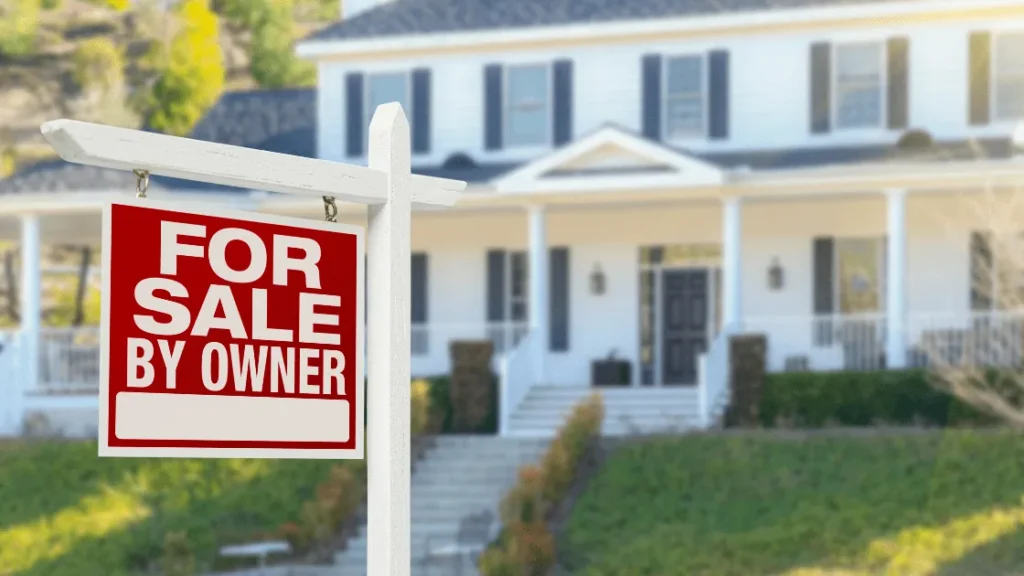Imagine walking into a neighborhood. As you stroll around, you discern a consistency in the architectural design of the houses, their color scheme, even down to the style of the mailbox. The aesthetic appeal of this uniformity is undeniable. However, you might be wondering what value it brings to real estate. Welcome to the world of conformity in real estate!
Contents
Conformity in Real Estate Context
The concept of conformity in real estate revolves around how well a property matches with others in its surroundings based on use, appearance, and style. This includes elements like architectural designs and zoning use. Conforming properties are those that blend seamlessly into their locale. Whether it’s the landscape, size, color scheme, or architectural style – everything bears a semblance with other properties around.
Coincidentally, there are non-conforming properties as well. These are properties that don’t quite mesh up with their surrounding counterparts for one reason or another. It could be for aesthetic reasons or resolution of land use issues.
Benefits of Conformity in Real Estate
When it comes to residential real estate market, conformity indeed has some perks. For starters, homes that toe the neighborhood line have an increased value by almost 10% when compared to non-conforming ones. This underscored by the fact that conforming houses are more appealing to prospective buyers. Interestingly, in case of a sale, these houses also get off the shelf faster (up to 50% quicker) than their non-conforming counterparts.
Furthermore, remodeling your property to fit with neighborhood standards can fetch you more returns (up to 90% recovery of renovation costs) on your efforts financially. Indeed, renovation bears fruits when it enhances the degree of conformity.
Drawbacks of Conformity in Real Estate
However, conformity isn’t just roses all around. It comes with its share of drawbacks as well. For instance, a non-conforming property may experience a 5-15% drop in value during appraisals compared to conforming properties. This reduction happens as non-conforming properties stand out for various reasons and not necessarily for good reasons always.
Additionally, insurance premiums could be higher for non-conforming properties due to perceived higher risks by insurance firms. There could also be specific regulatory constraints that demand every property maintain specific codes and regulations which might act as a hindrance.
Assessment of Conformity in Properties

The evaluation of a property’s conformity isn’t conjured out of thin air. It happens through a methodical process involving parameters like zoning use as per local laws, architectural design, prevalent stylistic trends, and so forth. Surprisingly enough, almost 90% of residential real estate transactions involve buildings used in lines with local zoning norms – the very epitome of conforming use.
To understand to what degree a certain property adheres to these unspoken regulations or recommendations, real estate appraisals take into account many subjective aspects apart from routine variables like location and size.
Conformity’s Effect on Property Value
As it has been pointed out earlier, conformity can work wonders for the value of your property. It’s not only about aesthetics, but it’s also about market perception and demand. For example, a non-conforming structure that stands out like a sore thumb in a neighborhood filled with Victorian-style homes would, in all probability, fetch less during a sale.
Vice versa, a home renovated to reflect the neighborhood’s map could see an increase in market value by as much as 10%. This rule of thumb applies not just for architectural style or appearance but also for conforming use as per zoning laws.
The Role of Zoning in Conformity
All properties have to bear adherence to specified zoning laws which dictate what kind of construction or activities are permissible within specific geographic boundaries. Conforming use (or following local zoning norms) impacts over 90% of all residential real estate transactions, underlining its significance in maintaining conformity within a neighborhood.
Moreover, while assessing conformity, real estate appraisers administer weightage to how much a property respects the prevailing zoning restrictions. So next time you plan on breaking those shackles of conformity for your dream home, remember to check out local zoning laws first!
Real World Examples of Conformity
An excellent instance of the impact of conformity is perhaps new constructions. When these stick to existing neighborhood standards and use guidelines, they form the majority proportion (sometimes over 95%) of all building permits issued. Such is the lure and convenience of maintaining the uniform fabric within properties.
Furthermore, in regions administered by Homeowners Associations (HOAs), residents are known to comply with conformity regulations by a significant margin – ranging between 70-80%. While each association may have different rules regulating everything from fences to paint color, all serve to safeguard property values by upholding aesthetic standards.
Wrapping Up
The value of conformity in real estate is undisputed. It enhances property value, facilitates quicker sales and even sanctions easier financing pathways for aspiring homeowners. However, lack of conformity isn’t necessarily a bad thing. It might just be the unique selling point your home needs.
FAQs
- 1. What are the benefits of conformity in real estate?
- Conformity in real estate can increase property value, facilitate quicker sales and even sanction easier financing pathways for aspiring homeowners.
- 2. What are the drawbacks of non-conformity in real estate?
- Non-conforming properties may experience a drop in value during appraisals, have higher insurance premiums, and may have to adhere to specific regulatory constraints that might act as a hindrance.
- 3. How is a property’s conformity assessed?
- The evaluation of a property’s conformity is done through a methodical process involving parameters like zoning use as per local laws, architectural design, and prevalent stylistic trends, among others.
- 4. How does conformity affect property value?
- If a property matches with neighborhood standards and use guidelines, it could lead to an increase in market value by as much as 10%.
- 5. What is the role of zoning in conformity?
- Zoning laws dictate what kind of construction or activities are permissible in specific geographic boundaries, and account for over 90% of all residential real estate transactions.
- 6. Are there real world examples of conformity in real estate?
- Yes, new constructions often stick to existing neighborhood standards and use guidelines, and in regions administered by Homeowners Associations (HOAs), residents often comply with conformity regulations.






